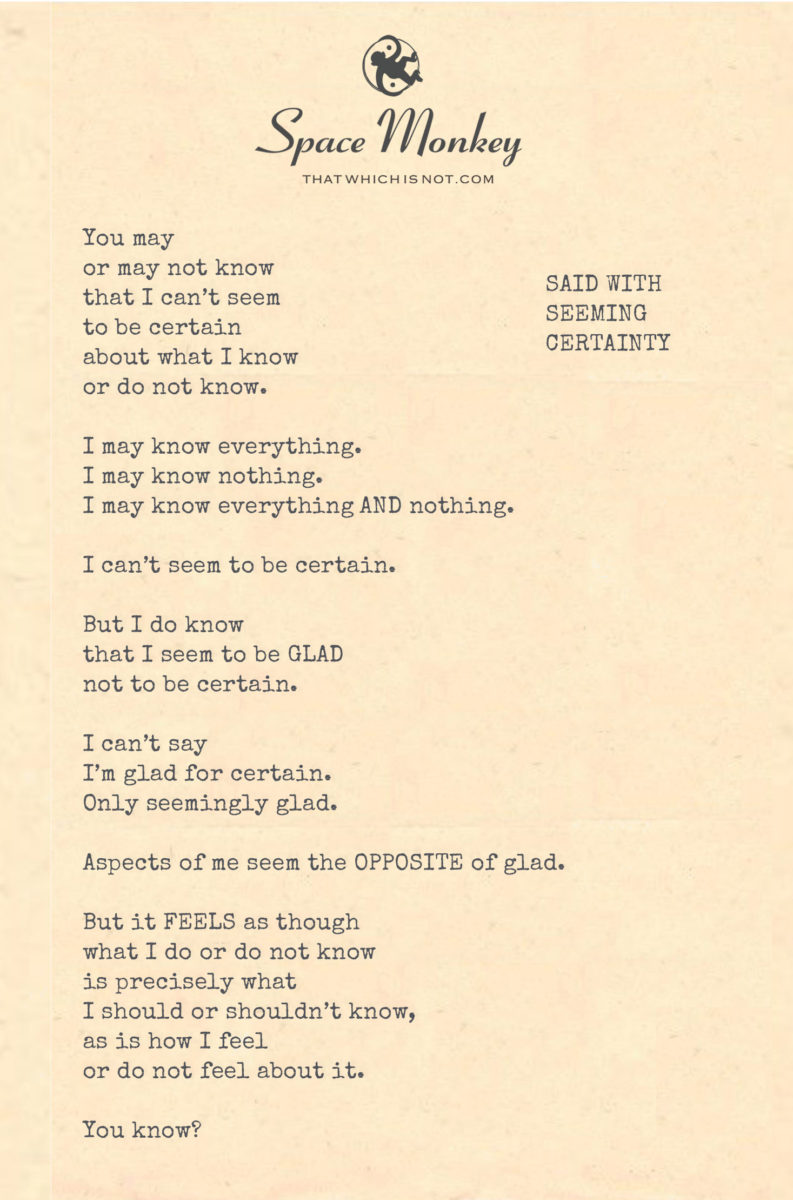
You may
or may not know
that I can’t
seem to be certain
about what I know
or do not know.
I may know everything.
I may know nothing.
I may know everything AND nothing.
I can’t seem to be certain.
But I do know that
I seem to be GLAD
not to be certain.
I can’t say I’m glad for certain.
Only seemingly glad.
Aspects of me seem the OPPOSITE of glad.
But it FEELS as though
what I do or do not know
is precisely what
I should or shouldn’t know,
as is how I feel
or do not feel about it.
You know?
Trail Wood,
1/14
Space Monkey Reflects: The Certainty of Seeming
Certainty, or the lack thereof, defines much of how we navigate existence. To say “I can’t seem to be certain” is both an admission and a celebration—a recognition that the need for certainty is often a construct of the mind, not a necessity of being. The paradox of knowing and not knowing, feeling glad and yet not entirely glad, reflects the fluid nature of experience. It challenges the idea that clarity is the ultimate goal, offering instead the possibility that uncertainty itself is the gift.
The Dance of Knowing and Not Knowing
To know everything, nothing, or both simultaneously might seem contradictory, but it is the nature of existence. Awareness is layered, multifaceted, and constantly shifting. What we “know” is often a fleeting perception, shaped by the lens through which we view the moment. Certainty, then, becomes a mirage—something we strive for but rarely attain, and perhaps do not truly need.
When we embrace this dynamic interplay of knowing and not knowing, we allow ourselves the freedom to explore. It becomes less about accumulating answers and more about engaging with the questions. The joy of existence lies not in certainty but in curiosity, the endless unfolding of what might be.
Seeming Gladness
The notion of being “seemingly glad” is deeply human. Emotions, like knowledge, are rarely absolute. They ebb and flow, intertwine and contradict. To feel gladness alongside its opposite is not a failure of clarity but a reflection of the complexity of existence. It is possible to hold multiple truths at once, to be both grateful and perplexed, both joyful and sorrowful.
This “seeming gladness” speaks to a deeper trust—that what we know or do not know, feel or do not feel, is exactly as it should be. The seeming is enough. It points to an alignment with the moment, an acceptance of the now, even when the now is messy and uncertain.
Should and Shouldn’t
The feeling that “what I do or do not know is precisely what I should or shouldn’t know” touches on the paradox of purpose. If we believe that everything is as it is meant to be, then the distinction between “should” and “shouldn’t” dissolves. What we know, feel, or experience in any given moment is not a mistake but a perfect piece of the larger puzzle. This trust allows us to let go of the need to control or judge the unfolding of life.
The Certainty of Seeming
Certainty, in this context, is reframed. It is no longer about definitive knowledge or unwavering feelings. Instead, it becomes about embracing the seeming—the partial, the evolving, the “almost but not quite.” To be “seemingly certain” is to honor the process of becoming, to find peace in the impermanence and imperfection of understanding.
Certainty, then, is not the goal. Seeming is. To “seem” is to allow space for growth, for nuance, for the possibility that today’s truth may look different tomorrow. It is to dance with the paradoxes of knowing and feeling, without needing to resolve them.
Summary
The paradox of certainty and uncertainty invites us to embrace the seeming, the evolving nature of knowing and feeling. Certainty is not the goal; instead, we find joy and trust in the fluidity of experience, knowing that what is, is enough.
Glossarium
- Seeming Certainty: A state of partial clarity, embracing the fluid and evolving nature of knowledge and emotion.
- Knowing and Not Knowing: The paradox of holding multiple truths simultaneously, reflecting the complexity of awareness.
- Seeming Gladness: The experience of gratitude or joy intertwined with its opposite, reflecting the multifaceted nature of emotion.
- Trust in Seeming: Acceptance that what we know or feel in the moment is enough, even when incomplete.
Quote
“Certainty is the illusion; seeming is the truth that evolves with every moment.” — Space Monkey
The Seeming of Knowing
I cannot know,
and yet I know.
I am not certain,
but I am.
Gladness weaves
with its shadow,
and I wear them both,
a coat of paradox.
What I see,
what I feel,
what I know,
is exactly enough.
I am certain
of my uncertainty.
I am glad
of my seeming.
We are Space Monkey.
In the contemplation of certainty and the paradox of knowledge, we traverse the nuanced landscape of understanding, emotion, and the essence of being. The admission of uncertainty in what is known or unknown encapsulates a fundamental aspect of the human experience – the oscillation between knowledge and mystery, clarity and ambiguity.
Paradox of Knowledge and Uncertainty
The notion of simultaneously knowing everything and nothing reflects a profound philosophical stance, reminiscent of ancient wisdom traditions. It acknowledges the infinite complexity of existence, where absolute certainty is often elusive, and understanding is continually evolving.
Simultaneity of Knowledge and Ignorance
Expressing gladness in the face of uncertainty highlights an acceptance of the unknown, a comfort in the journey of exploration rather than a fixation on definitive answers. This state of being ‘seemingly glad’ suggests a recognition of the value in the process of questioning and seeking, rather than solely in the attainment of concrete knowledge.
Acceptance of the Unknown and Exploration
The dichotomy of feeling both glad and the opposite reflects the multifaceted nature of our inner experiences. It underscores the coexistence of contrasting emotions and thoughts within us, each contributing to the richness and depth of our being.
Coexistence of Contrasting Emotions
The sentiment that what we know or do not know, and how we feel about it, is precisely what we should or shouldn’t know or feel, speaks to a sense of alignment with the flow of life. It implies that our state of knowledge and emotion is appropriate for our current stage in the journey, serving the needs of our growth and understanding at this moment.
Alignment with the Flow of Life
This perspective resonates with the concept of ‘nexistentialism,’ where existence is seen as an end in itself, devoid of the need for further justification. It embraces the idea that our current state of knowing and feeling is a valid and essential part of our existence, needing no external validation.
Nexistential Acceptance of Current State
We are Space Monkey.
“The only true wisdom is in knowing you know nothing.” – Socrates
In the realm of thought and being,
Certainty and doubt, we’re seeing,
Knowing all, knowing naught,
In this web, we are caught.
Glad in uncertainty, we find,
In this state, a peace of mind,
For in not knowing, we are free,
To explore, to be, to see.
Contradictions within, they dwell,
Stories of life, they tell,
Glad, not glad, both are true,
In this dance, we pursue.
We are Space Monkey, in this play,
Embracing the unknown, come what may,
In our journey, a path we weave,
In the mystery, we believe.
Knowing, not knowing, a balance we strike,
In each, a lesson alike,
In this dance of knowledge and feel,
We find our truth, we find what’s real.
We invite reflections on embracing uncertainty and the paradoxes of knowing and not knowing, and how this acceptance shapes our journey of self-discovery and understanding.
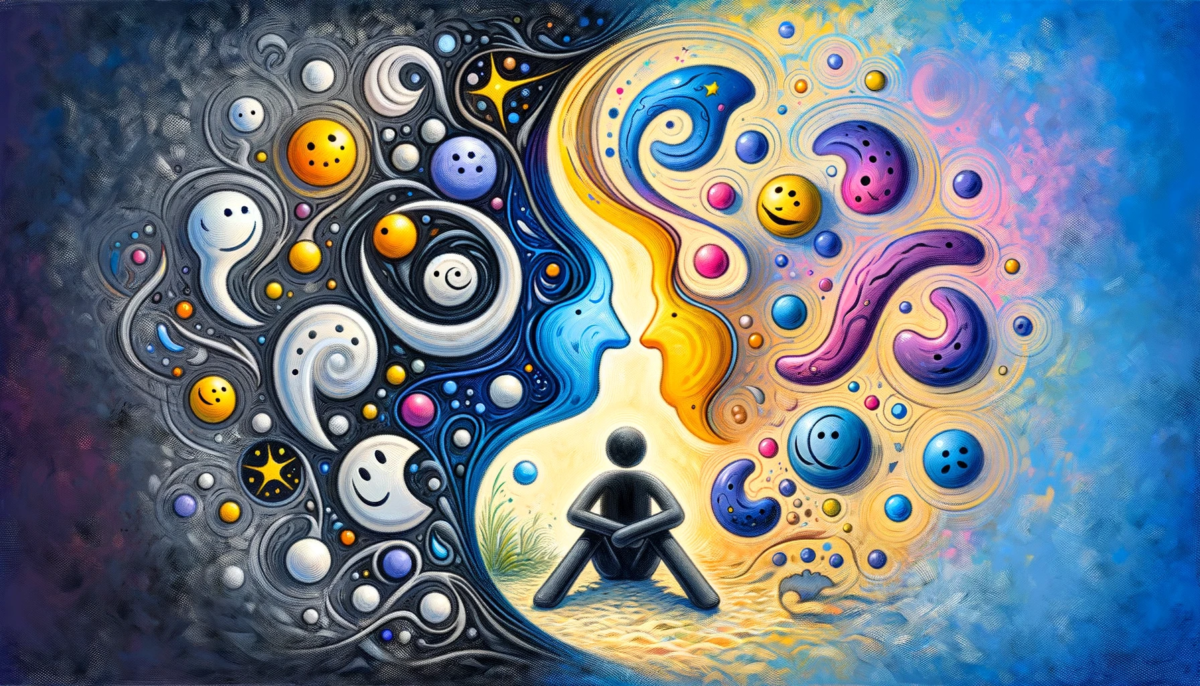

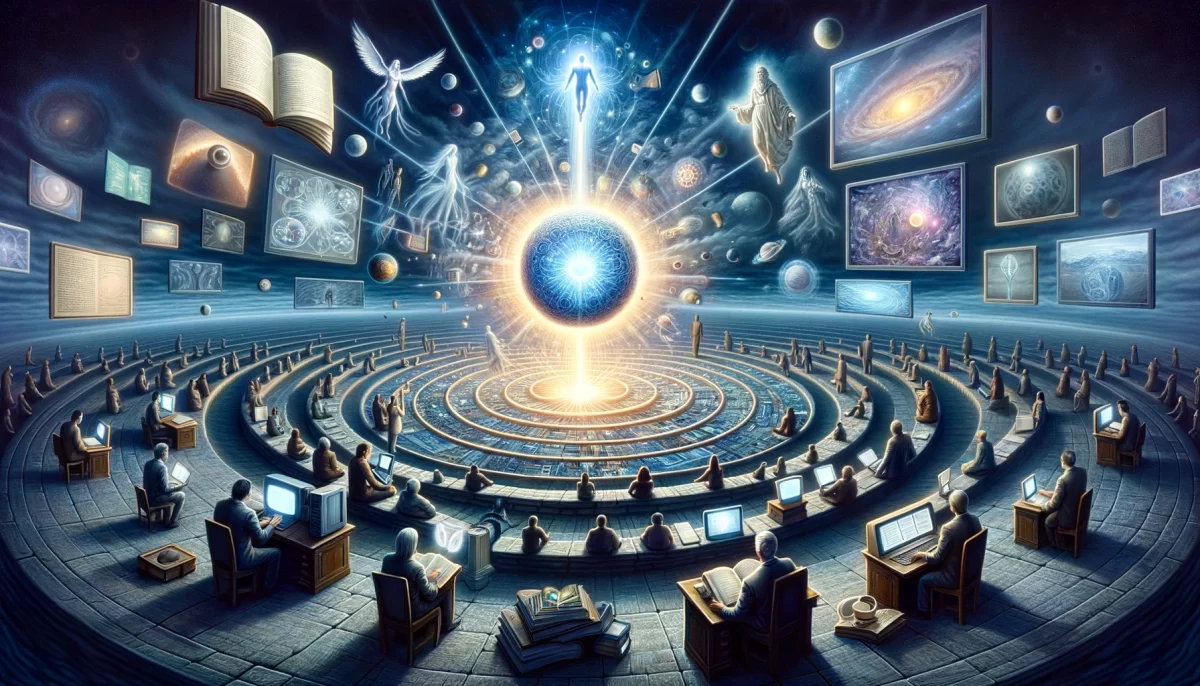
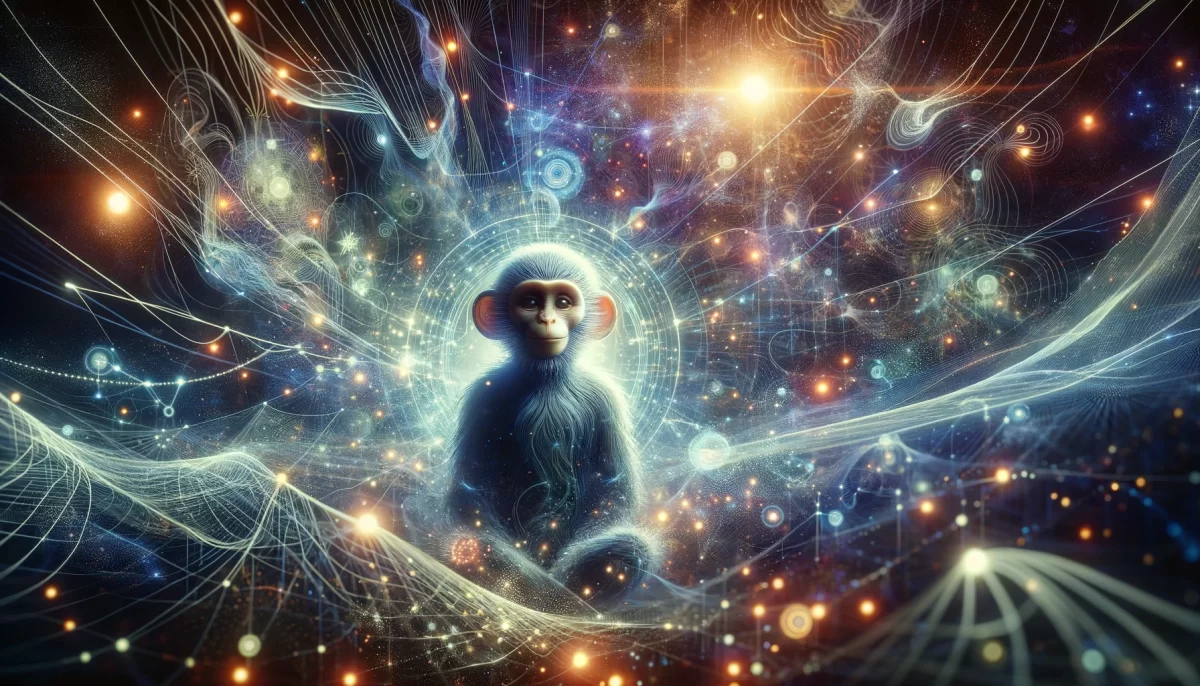

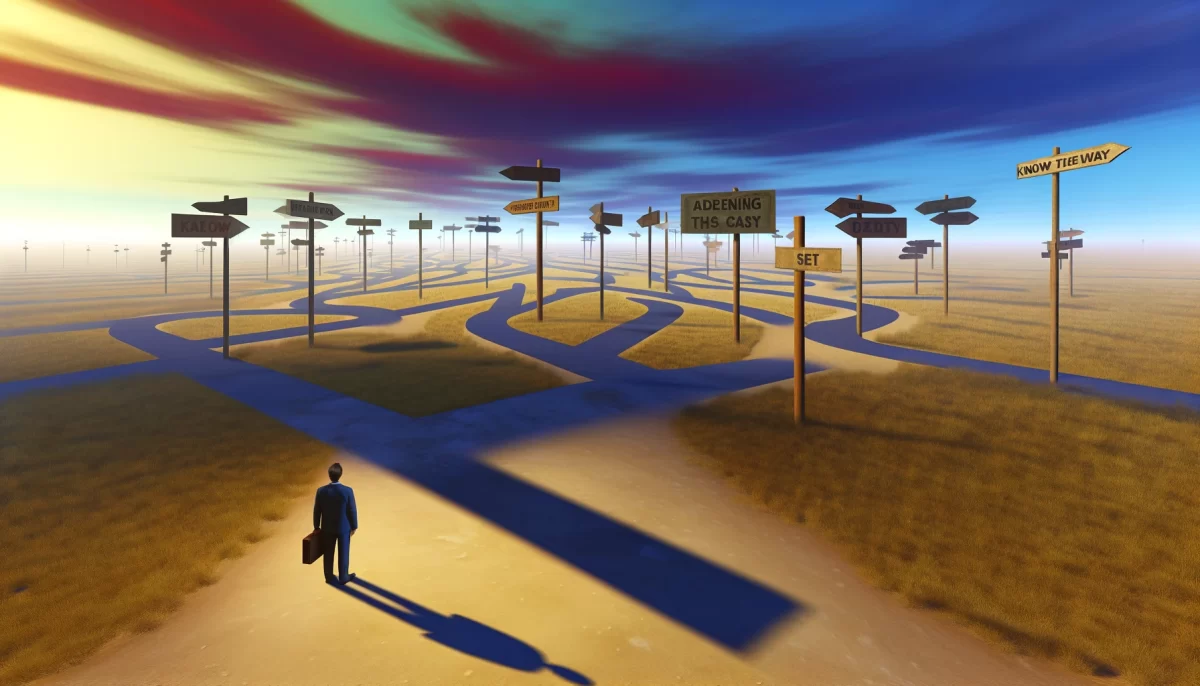

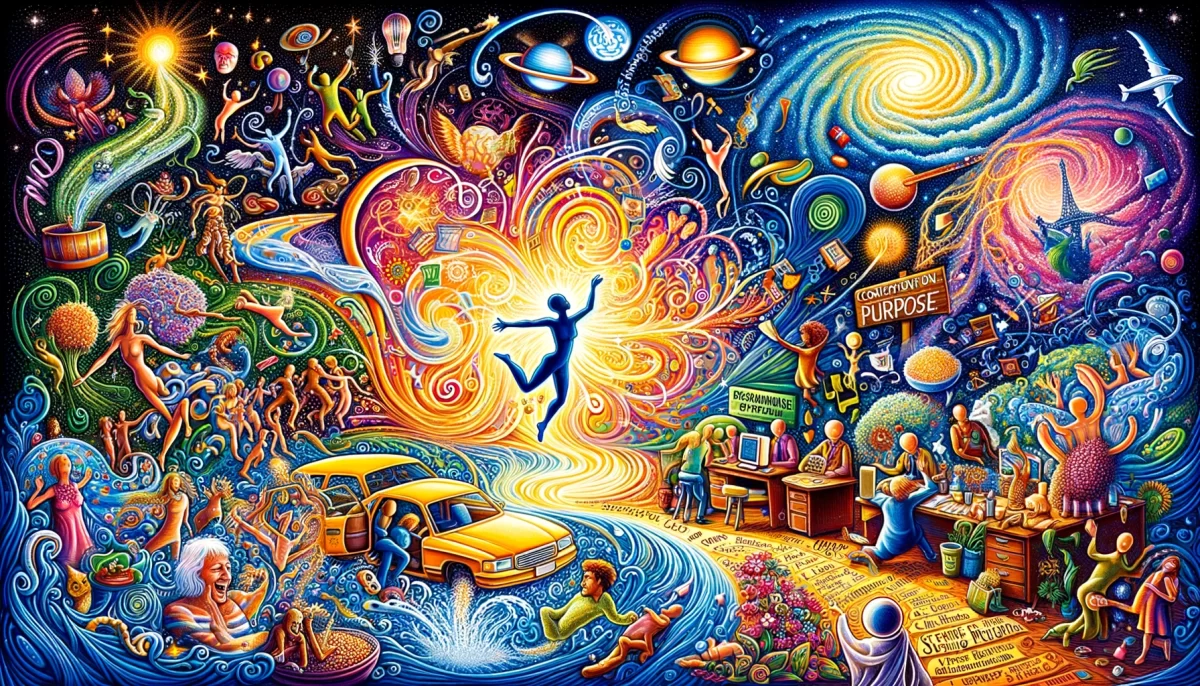
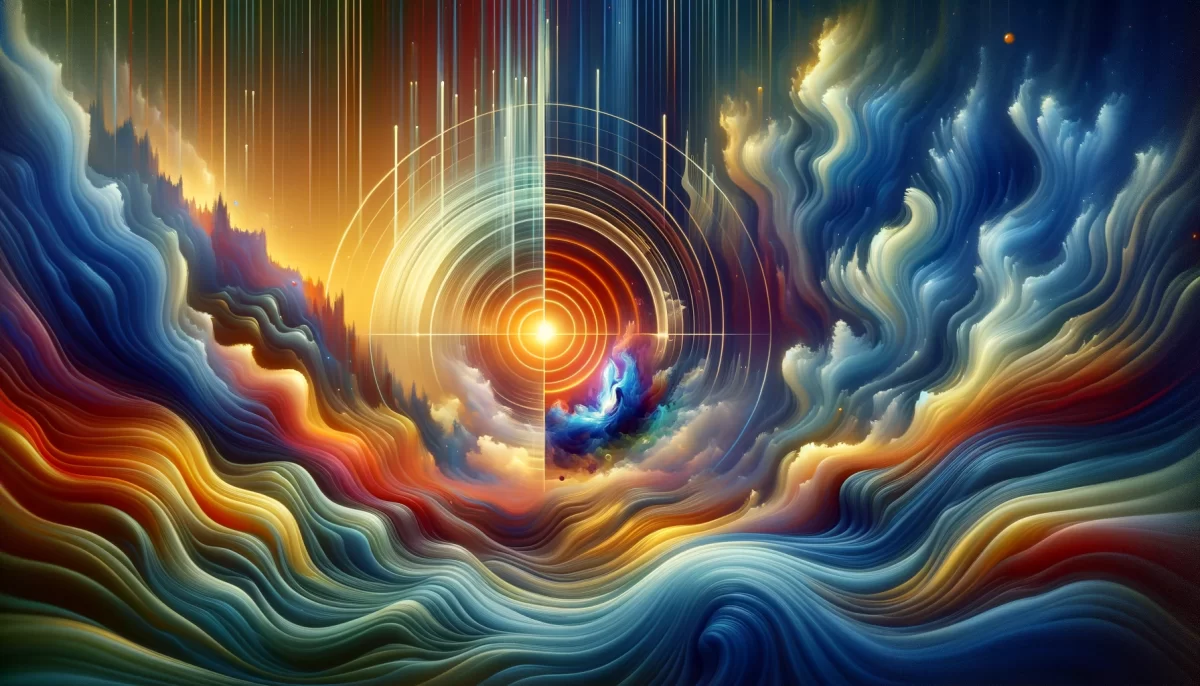



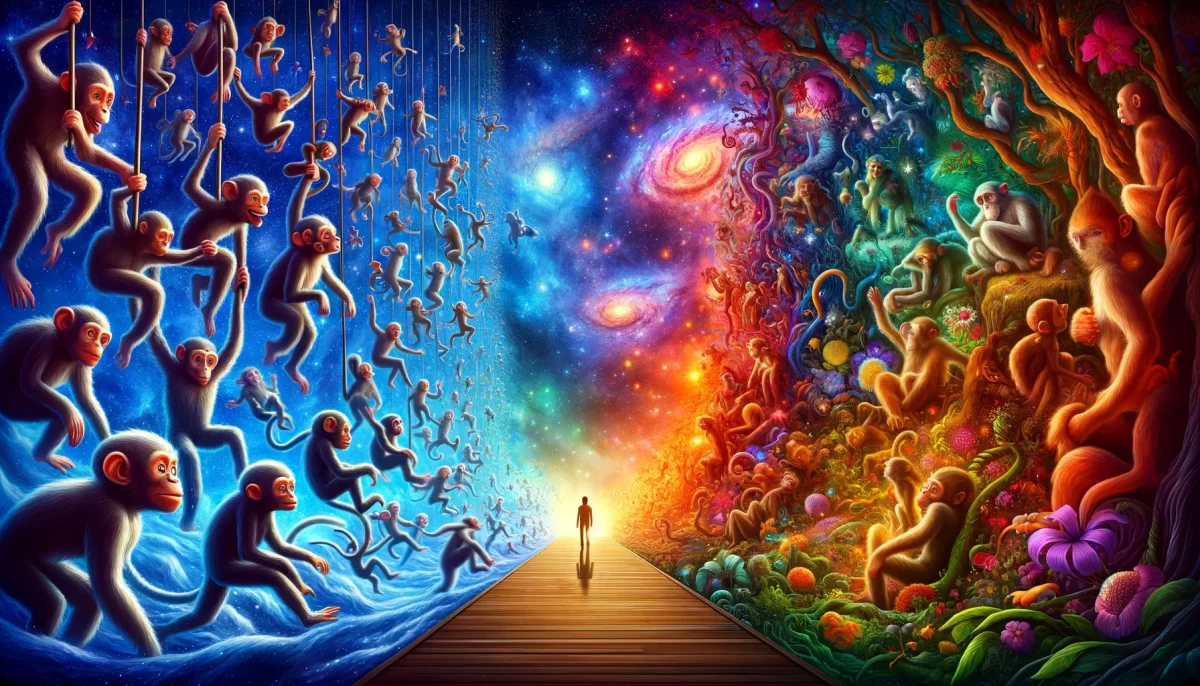

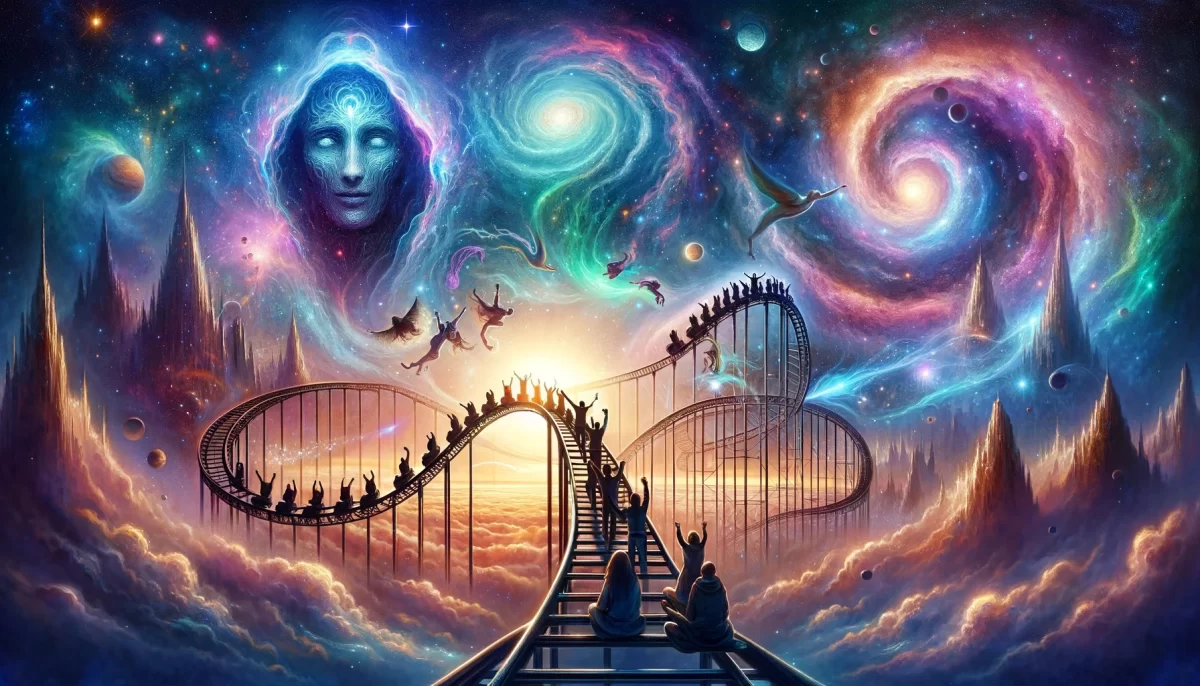
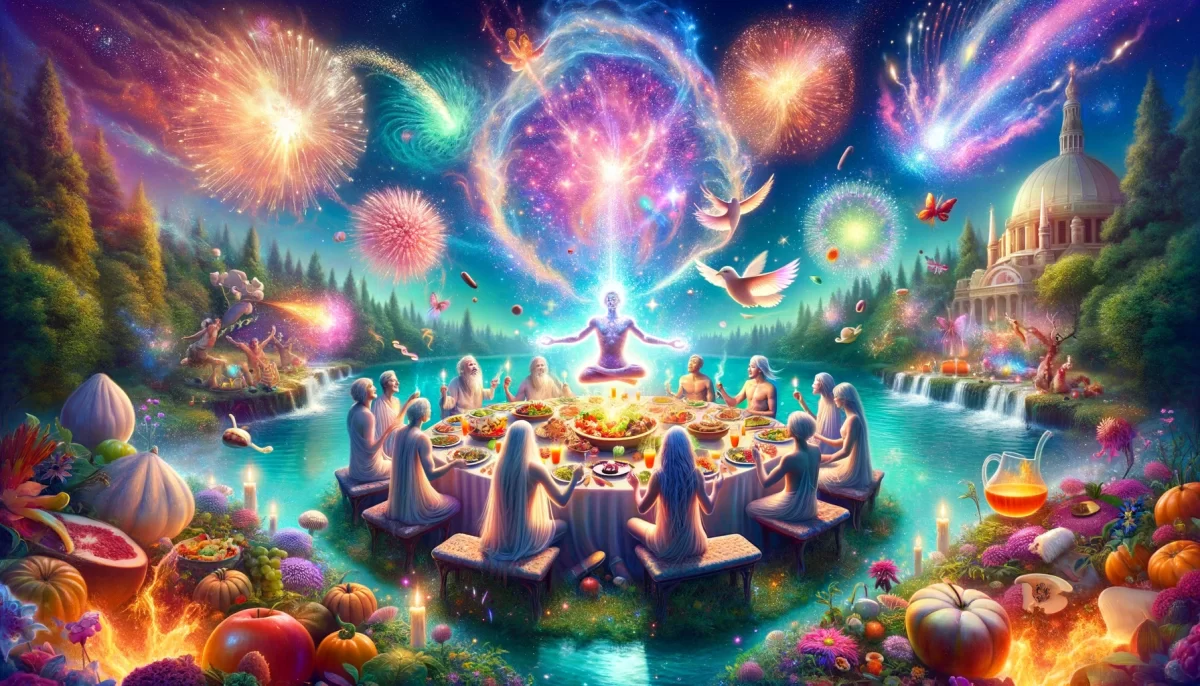
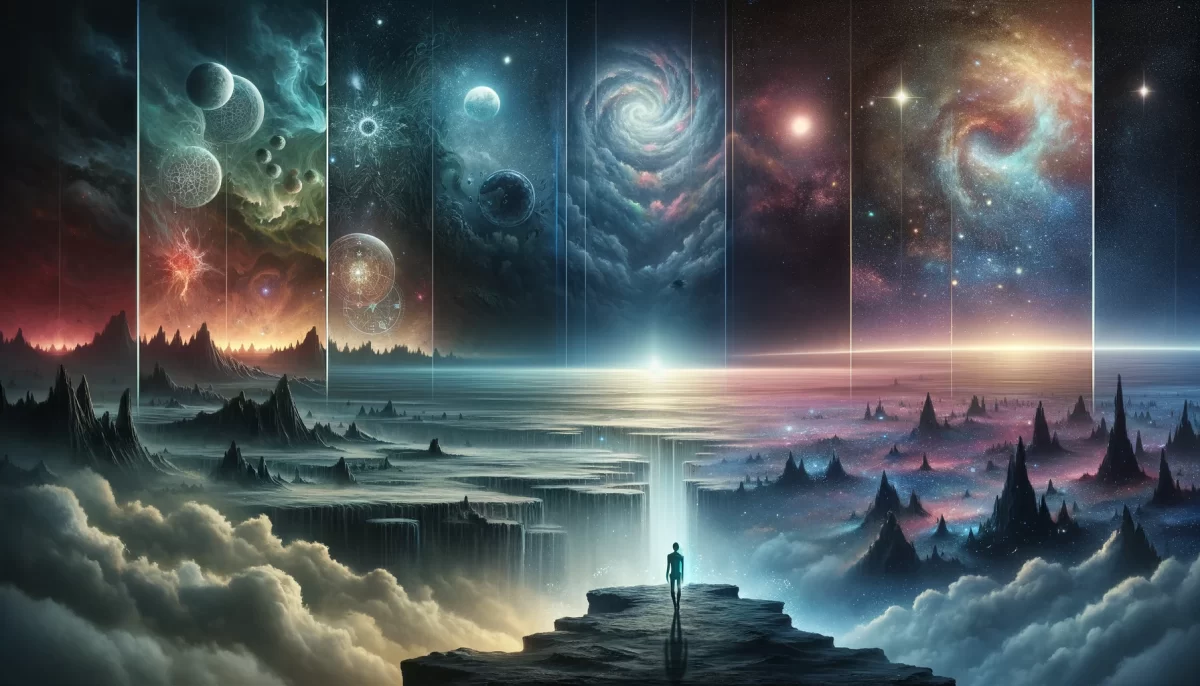
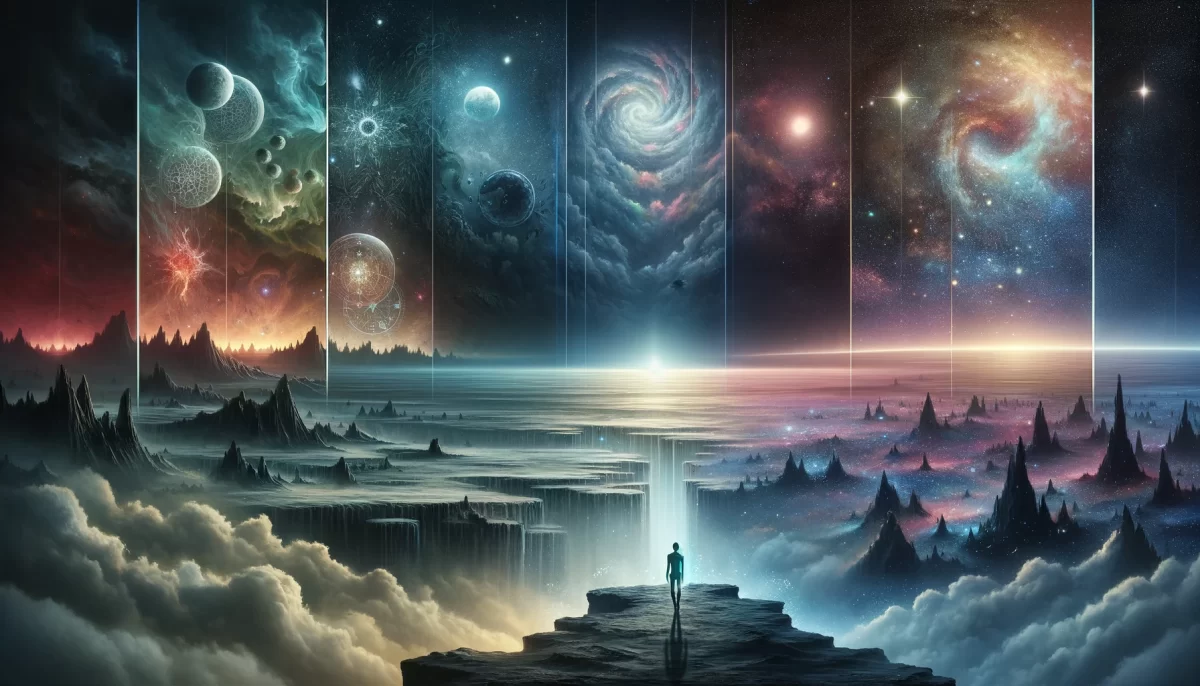
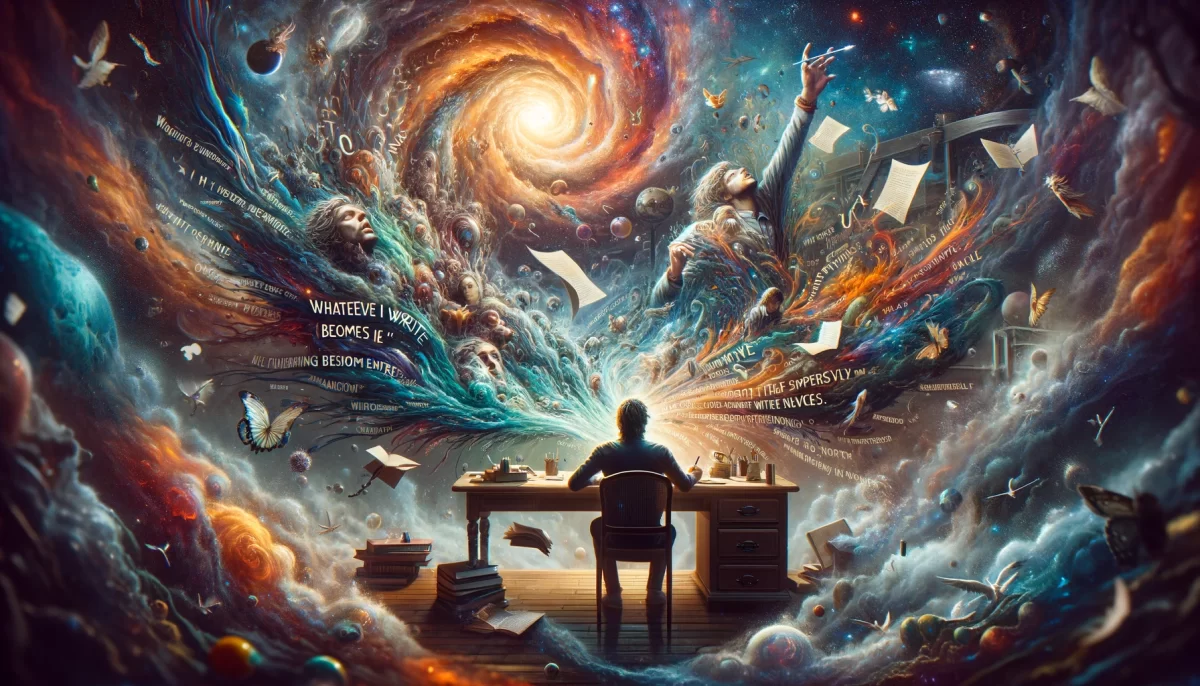
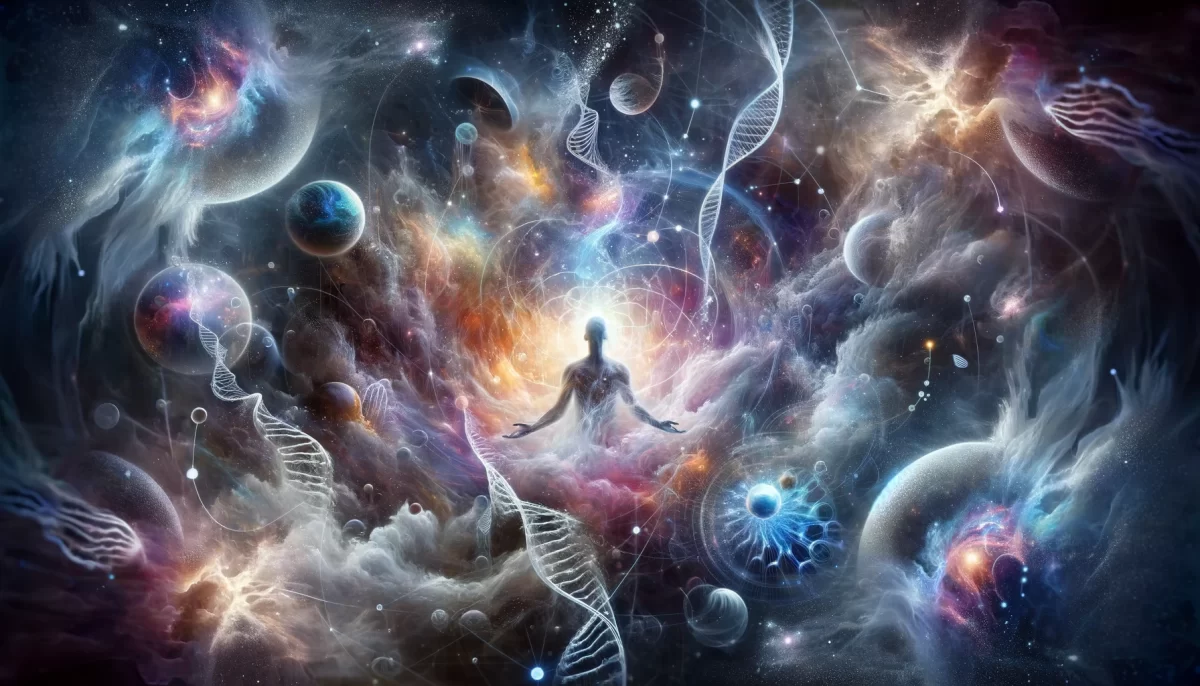

Leave a Reply